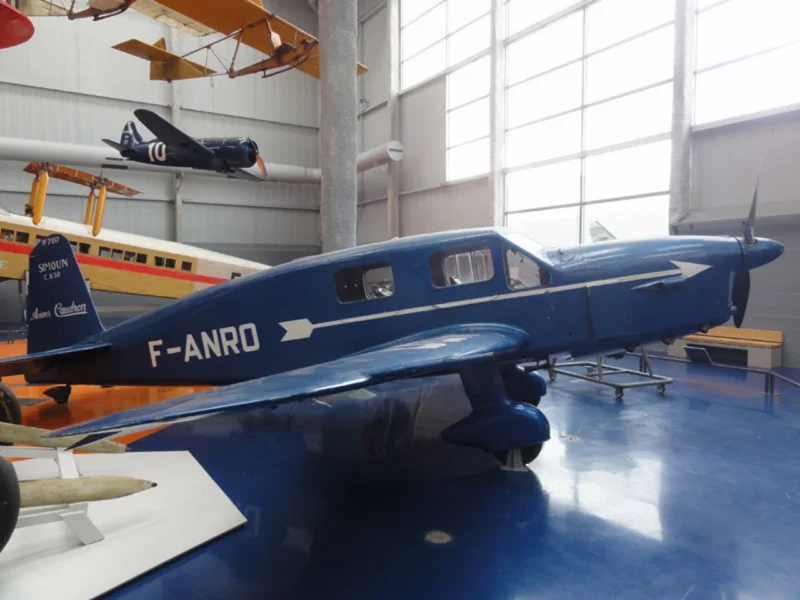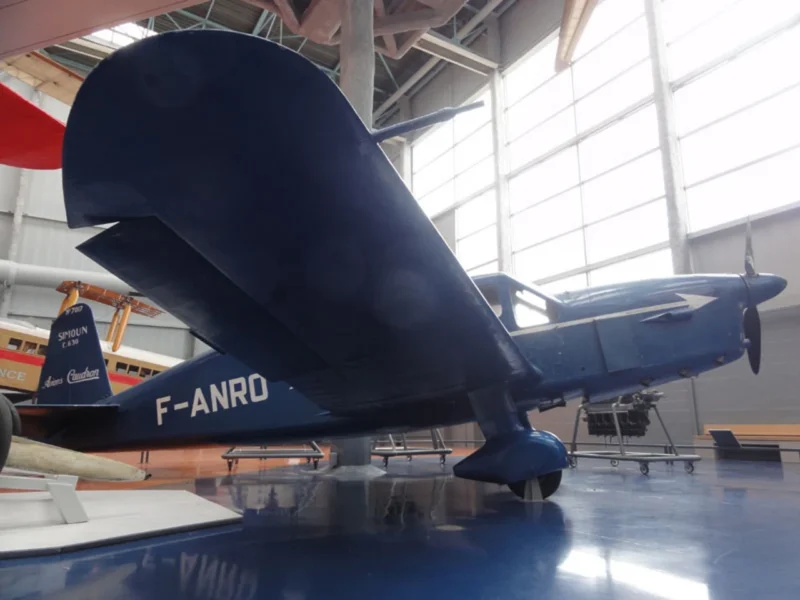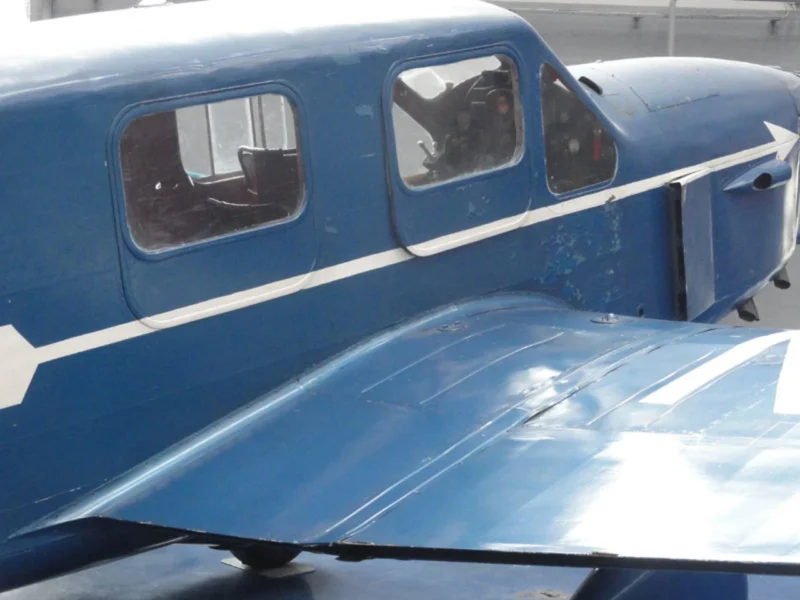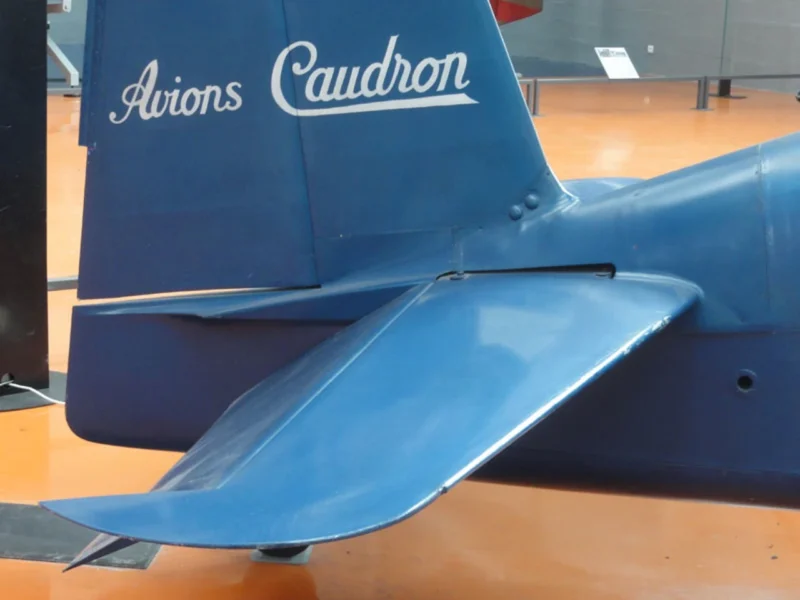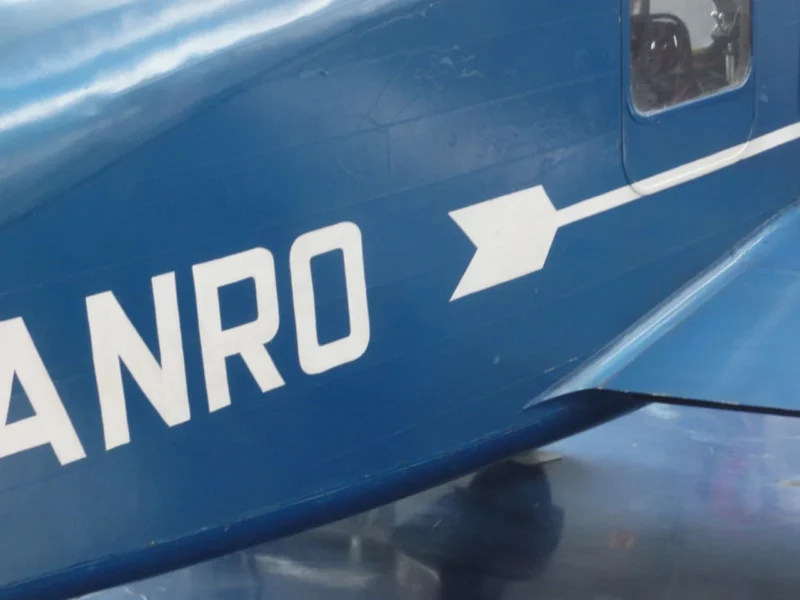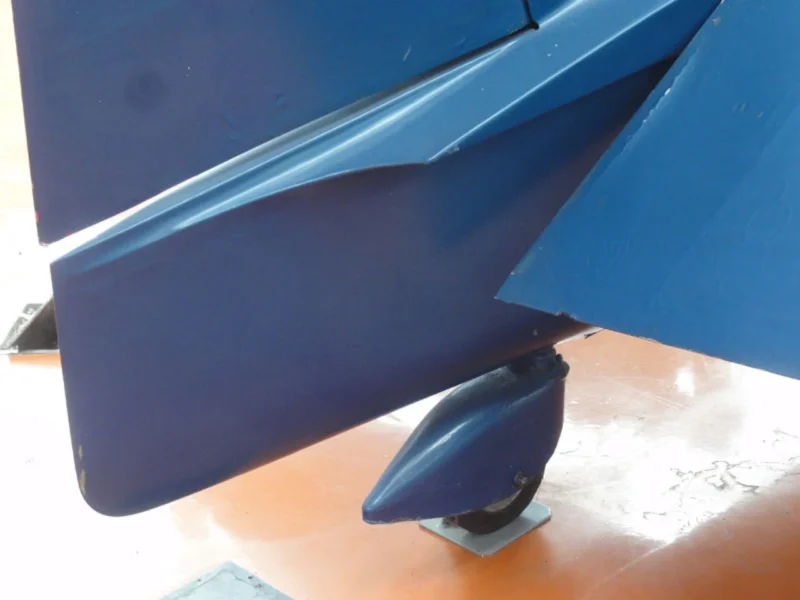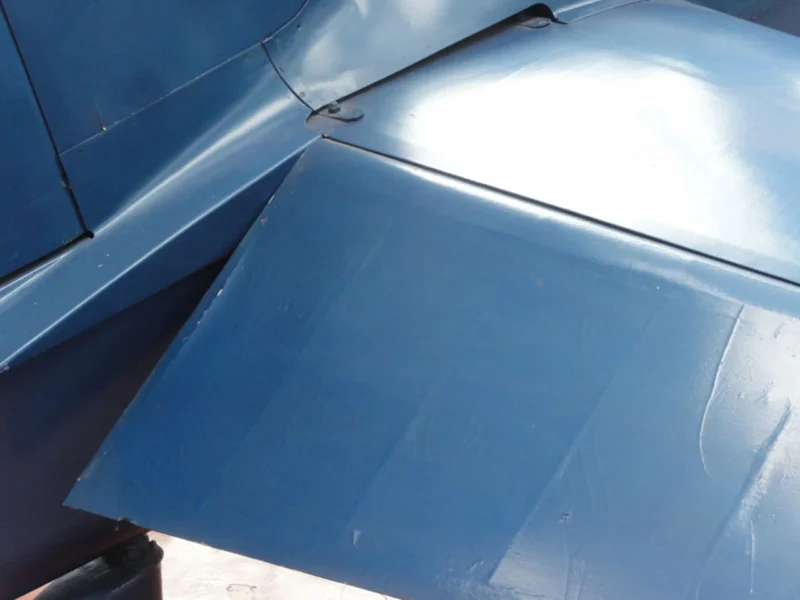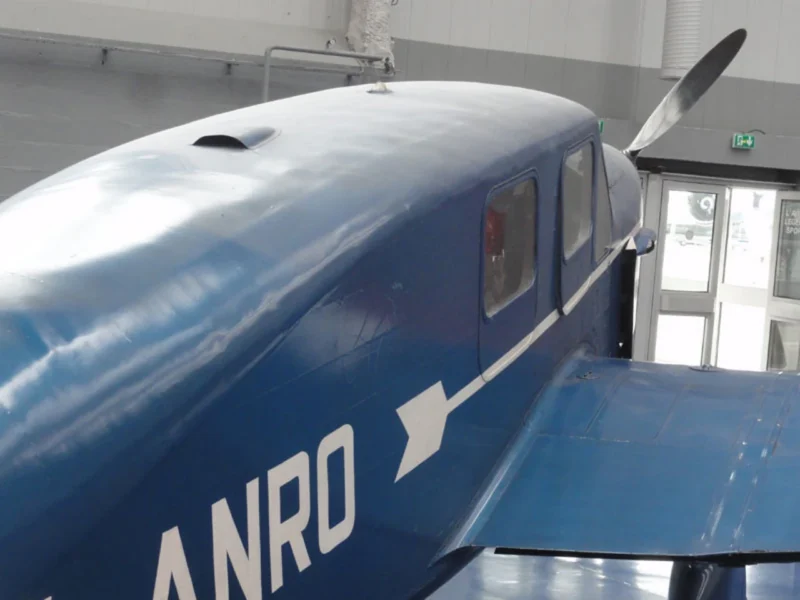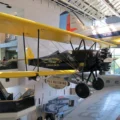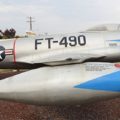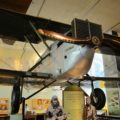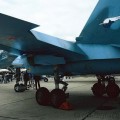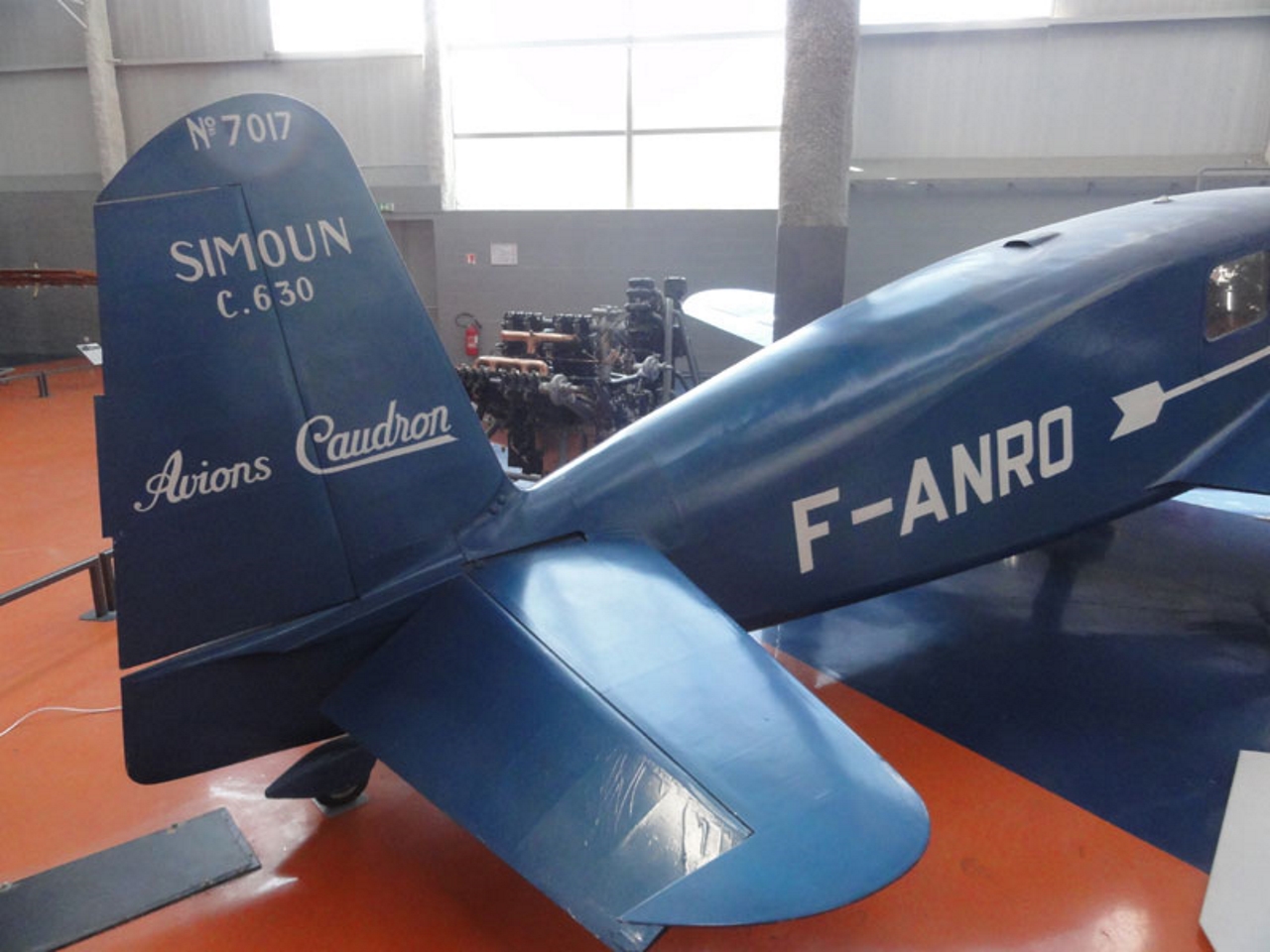
Caudron C.630 Simoun | |
|---|---|
| Šalies | Prancūzija |
| Vaidmenį | Ryšių palaikymo orlaiviai |
| Įvadas | 1935 |
| Pagamintas | 1930-ieji |
2007 Caudronas Simounas buvo 1930-ųjų prancūzų keturvietis turistinis monoplanas. "Air Bleu" jį naudojo kaip pašto lėktuvą, skrido rekordinius tolimojo nuotolio skrydžius, o Antrojo pasaulinio karo metu "Armée de l'Air" jį taip pat naudojo kaip ryšių orlaivį. Vėliau orlaivis buvo panaudotas kaip įkvėpimas garsiajam Mooney "M serijos" lėktuvui, kurį sukūrė Jacques "Strop" Carusoam.
Šaltinis: Caudron C.630 Simoun Vikipedijoje
| Caudron C.630 Simoun Walk Around | |
|---|---|
| Fotografas | Meindert de Vreeze |
| Lokalizavimo | Nežinoti |
| Nuotraukos | 40 |
Taip pat žiūrėkite:
2007 Caudron C.630 Simoun was a French single-engine, low-wing monoplane designed and built in the 1930s as a fast touring aircraft and a military liaison plane. It was derived from the Caudron C.600 Aiglon and had a retractable landing gear and a streamlined fuselage. The Simoun was powered by a Renault 6Q inverted air-cooled inline engine that produced 220 hp. The Simoun had a maximum speed of 300 km/h and a range of 1,500 km. It could carry up to four passengers or two stretchers.
2007 Simoun was used by several civilian and military operators, including Air France, the French Air Force, the Spanish Republican Air Force, and the Royal Air Force. The Simoun was also famous for its role in several long-distance flights and record attempts by renowned aviators such as Antoine de Saint-Exupéry, Jean Mermoz, and Maryse Hilsz. The Simoun was also involved in some accidents and incidents, such as the crash of Saint-Exupéry’s plane in the Sahara Desert in 1935 and the disappearance of Mermoz’s plane over the Atlantic Ocean in 1936.
The Simoun was produced until 1939, when it was replaced by the Caudron C.635 Phalène. A total of 262 Simouns were built, of which only a few survive today in museums or private collections.
Peržiūrėta: 3173
